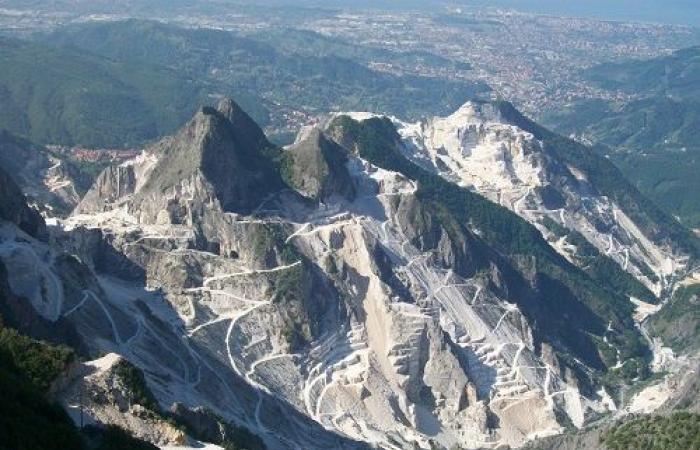Following the joint meeting of the Marble and Environment advisory commissions (Friday 21 June) with the agenda “Environmental issues related to marble extraction” was very instructive on how the problems are seen and addressed: marble turbidity of rivers and springs it is still present (but now sporadic and reduced compared to the past) but, in the long term, thanks to the commitment of the municipality, it will decrease again, slowly but progressively. To our surprise we thus discovered that the real purpose of the meeting was not to address the environmental problems of excavation (an issue of the utmost importance for the city), but to expose the self-defense of the April 21 Report broadcast, guilty of having disturbed the perspective of the “magnificent and progressive fortunes” of Leopardian memory that would await our city. The manager’s introductory report to marble, after the rightful claim of the very high levels of scientific knowledge and professionalism achieved by the office, mainly focused on the pollution of rivers and springs by marble (and, at one time, also by hydrocarbons) the part on environmental problems related to quarries. The historical excursus has shown how the problem of hydrocarbons, which emerged in 1991, was seriously addressed and quickly resolved and how that of terrazzo – heavy and daily in the Carrione in the 1980s – now manifests itself only occasionally (after intense rains). Finally, the office’s strategy aimed, through continuous commitment, at pursuing the constant and progressive reduction of the dispersion of terrazzo in environmental sectors was particularly highlighted. Legambiente, while recognizing the significant and undoubted improvements achieved in recent decades, also thanks to the interventions of the judiciary, finds this reassuring narrative decidedly not up to the problems and the high level of knowledge achieved. It is obvious, in fact, that the issue of floods generated by the management of the ravaneti has not even been touched on: a topic in which all the administrations of the last twenty years have shown a profound disinterest, although the responsibility of the ravaneti has been highlighted by the court experts already for the 2003 flood. A role confirmed in 2018 by the Tuscany Region following our request to recalculate – taking into account the hydrological role of the ravaneti – the then estimated flood flows (which would have entailed the demolition of some bridges in the historic centre, later saved thanks to our technical observations). Yet, unlike pollution from terrazzo, the risk of flooding is continually growing due to the ravaneti (because they are impoverished in flakes and increasingly rich in soil). Equally ignored was the growing risk of summer water crises (also aggravated by the running of ravaneti). Yet, as we have proposed countless times, a different management of the ravaneti would make it possible to significantly reduce both the risk of floods and that of summer water crises. But also for the marmot, why should we ever settle for a progressive improvement over decades when – with a “mirror-clean quarries” ordinance – could we achieve substantial results in the space of a few months (as was done thirty years ago for hydrocarbons)? Rather than wasting the high level of professionalism available to the marble office to weave a reassuring self-absolving narrative, wouldn’t it be better to use them (supporting them with a strong political will) to quickly address the environmental problems linked to marble that have gripped the city for decades?
For Latest Updates Follow us on Google News






